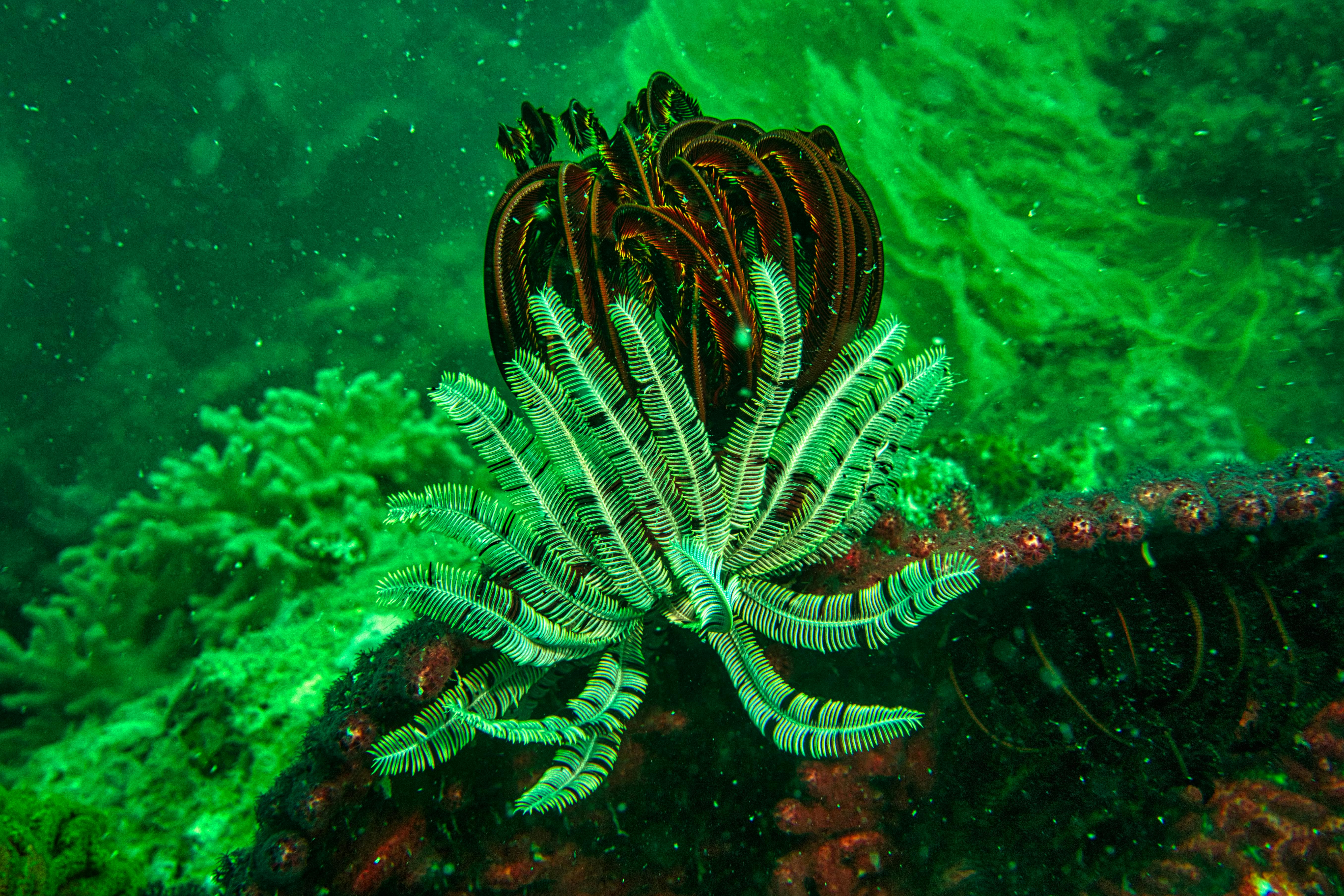Caring for an Aquarium with Bottom Dwellers

Caring for an Aquarium with Bottom Dwellers
Maintaining a vibrant aquarium involves not only managing the aesthetics and water chemistry but also ensuring the well-being of varied aquatic life forms. Among these, bottom dwellers play a crucial role in the ecosystem of your tank. In this blog post, we'll explore effective methods for caring for bottom-dwelling fish, ensuring they thrive alongside their mid-water and surface-swimming counterparts.
Understanding Bottom Dwellers
Bottom dwellers are a group of fish and other aquatic creatures that reside primarily at the lowest levels of an aquarium. Common examples include catfish, loaches, and certain types of shrimp and snails. These species play an essential role in the clean-up crew of any aquatic environment, helping keep the substrate clean from food remnants and algae.
Proper Tank Setup and Substrate
The foundation of good care for bottom dwellers starts with the appropriate tank setup. Choosing the right substrate is paramount, as many bottom-dwelling species have delicate barbels and underbellies that can be damaged by sharp gravel. Sand or fine, smooth gravel is recommended to provide a soft surface for them to sift through and explore.
Additionally, the layout should include plenty of hiding places such as caves, logs, and plants. These provide shelter for bottom dwellers, making them feel more secure and reducing stress.
Optimizing Water Quality
Maintaining high water quality is vital for all aquarium inhabitants but is especially impactful for bottom dwellers that spend most of their time at the tank's lower layers, where waste tends to accumulate. Regular water changes (typically 20-25% every two weeks) are crucial to remove toxins like ammonia and nitrites. Furthermore, a high-quality filtration system that addresses both mechanical and biological waste is essential to maintain a clean and healthy environment.
Feeding Your Bottom Dwellers
Feeding bottom dwellers can be challenging as they do not compete effectively with more agile surface and mid-water feeders. Sinking pellets or tablets formulated specifically for bottom dwellers are an excellent choice. These ensure that the food reaches your bottom-dwelling fish and provides them with the right nutrition.
Occasional treats like blanched vegetables (zucchini, cucumbers) or live foods (bloodworms, brine shrimp) can also be offered to provide variety and additional nutrients.
Species-Specific Needs
Each species of bottom dweller has its specific requirements and behaviors. For example, some catfish species are more nocturnal and may require feeding in the evening when other tank inhabitants are less active. Researching the particular needs of the species you own or plan to acquire will go a long way in ensuring their health and happiness.
Monitoring and Health
Regular observation of your bottom dwellers will help you spot any potential health issues early. Look for signs of distress or illness, such as lethargy, lack of appetite, or visible injuries, particularly on their vulnerable undersides. Immediate isolation and treatment of affected fish can prevent more severe problems and protect your other aquarium residents.
In conclusion, caring for bottom dwellers involves considerations unique to their nature and habitat requirements. By setting up your tank to cater to these needs and diligently maintaining water quality and diet, your bottom dwellers will not just survive but thrive, contributing to a dynamic and healthy aquarium ecosystem.